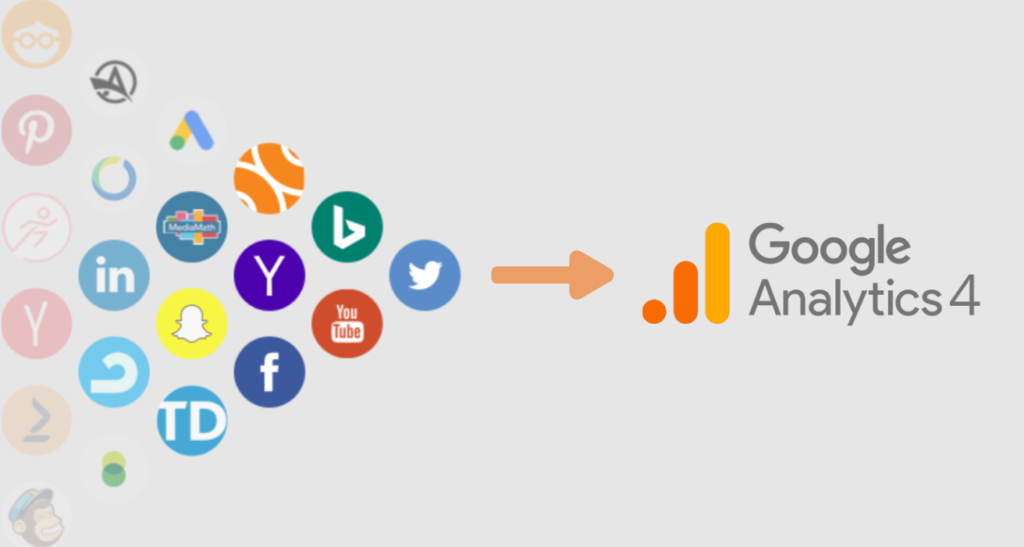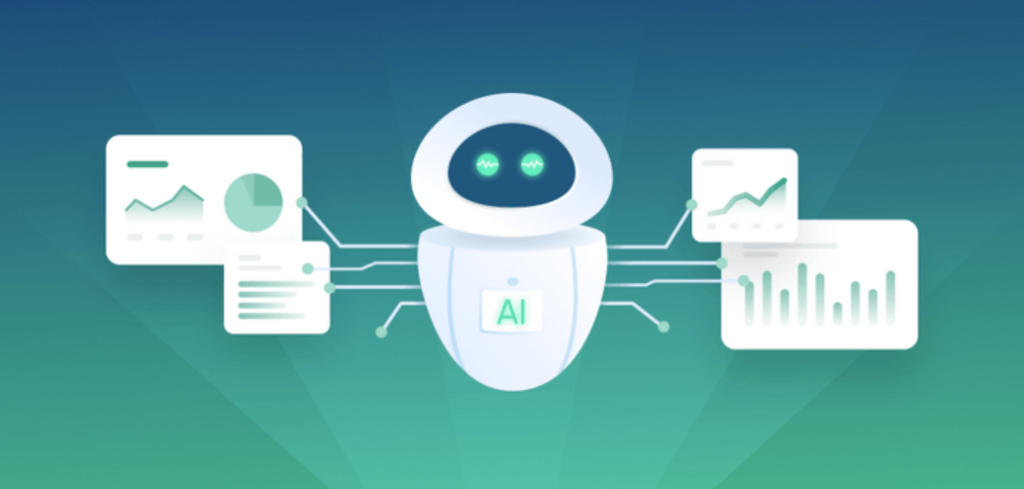In the rapidly evolving realm of digital marketing, understanding the profound impact of analytics integration with other marketing tools is paramount. Analytics, in its various forms, provides invaluable insights into customer behaviour, preferences, and trends. However, to fully harness its potential, it needs to seamlessly integrate with other marketing tools. By grasping the intricacies of analytics, businesses can lay the groundwork for a holistic marketing strategy that goes beyond mere data analysis.
Unveiling the Dynamics of Analytics Integration
The Foundation: Understanding Analytics
Analytics, in the marketing context, is not just about numbers; it’s about decoding the language of consumers through data. Descriptive analytics helps in understanding past trends, predictive analytics anticipates future behaviour, and prescriptive analytics guides decisions. A deep comprehension of these types is crucial for marketers. However, relying solely on analytics can be limiting. To achieve comprehensive insights, businesses must explore the synergy of analytics with other marketing tools.
Why Analytics Alone Isn't Enough?
Standalone analytics tools often operate in silos, leading to fragmented insights. For instance, analysing website data may provide information on visitor behaviour, but it doesn’t reveal the complete customer journey. Holistic marketing solutions that integrate analytics with other tools break down these silos, offering a panoramic view of customer interactions. The necessity of this integration becomes evident when considering the multifaceted nature of modern marketing, where customer touchpoints span across various channels and platforms.
The Strategic Imperative: Unleashing the Power of Integration
Breaking Silos: Siloed vs. Integrated Marketing
Siloed marketing strategies compartmentalise different aspects of a campaign, hindering seamless communication and coordination. Integration dismantles these silos, fostering collaboration between departments and tools. For instance, merging customer relationship management (CRM) with analytics allows businesses to align sales and marketing efforts efficiently. The shift towards integrated marketing is not just a trend; it’s a strategic imperative to adapt to the interconnected nature of the digital landscape.
The Holistic Ecosystem
CRM integration empowers businesses with a 360-degree view of their customers, enabling personalised interactions. Email marketing platforms, when combined with analytics, facilitate data-driven personalisation at scale. Social media management tools integrated with analytics provide real-time insights, enabling timely responses to customer engagement. The marriage of analytics with SEO and SEM tools enhances data-driven optimisation, ensuring that marketing efforts align with current search trends. This holistic ecosystem enables marketers to orchestrate campaigns that resonate cohesively across diverse channels.

Crafting Compelling Campaigns: The Role of Integrated Analytics
Personalisation Prowess: Targeting the Right Audience
Integrated analytics facilitates a profound level of personalisation by leveraging customer data. Understanding the preferences, browsing behaviour, and purchase history of individual customers allows for highly targeted and personalised campaigns. This level of personalisation extends beyond just addressing customers by their names; it involves tailoring content and offers based on their specific needs and interests. Dynamic content creation, powered by real-time analytics, ensures that every interaction is relevant and engaging, significantly increasing the likelihood of conversion.
Conversion Uplift: From Clicks to Conversions
While clicks provide valuable data, the ultimate goal is conversion. Integrated analytics allows marketers to analyse the entire customer journey, identifying potential bottlenecks and optimising conversion paths. A/B testing, when integrated with analytics, becomes a powerful tool for refining campaigns. By experimenting with different elements and analysing the data, marketers can make informed decisions to enhance user experience and boost conversion rates. This integration transforms data from a passive observer into an active driver of strategic decisions, leading to more effective and conversion-focused campaigns.
Maximising ROI: Measuring the Impact of Integrated Analytics
Defining Key Performance Indicators (KPIs) for Integration
Measuring the impact of integrated analytics involves establishing key performance indicators (KPIs) that align with business objectives. KPIs may include metrics such as engagement rates, conversion rates, customer lifetime value, and return on investment (ROI). Each KPI provides a unique perspective on the effectiveness of integrated marketing efforts. Defining clear and relevant KPIs enables businesses to gauge the success of their strategies and make data-driven adjustments for continuous improvement.
Continuous Improvement: Iterative Refinement of Strategies
Integration is not a one-time effort; it’s an ongoing process of refinement and optimisation. By using analytics to identify opportunities for improvement, businesses can iteratively enhance their strategies. Adaptive marketing, a concept rooted in continuous improvement, involves responding to changing consumer trends and market dynamics. Integrated analytics serves as the compass, guiding businesses to adapt and evolve their marketing strategies in real-time, ensuring they remain agile in a dynamic marketplace.
The Future Landscape: Innovations in Integrated Analytics
Artificial Intelligence and Machine Learning: Shaping the Future
The future of integrated analytics is intricately tied to advancements in artificial intelligence (AI) and machine learning (ML). Predictive analytics is evolving with AI, providing marketers with more accurate forecasts and insights. Machine learning algorithms analyse vast datasets, uncovering patterns that human analysis might miss. As AI continues to mature, its role in providing proactive marketing insights and automating decision-making processes will become increasingly significant, reshaping the landscape of integrated analytics.

In conclusion, the integration of analytics with other marketing tools is not just a strategy; it’s a dynamic and evolving necessity for businesses striving to achieve marketing excellence. From understanding the fundamentals of analytics to overcoming challenges and maximising ROI, this comprehensive exploration has demonstrated the transformative potential of integrated analytics. Real-world success stories and insights into future innovations underscore the ongoing importance of embracing this integration. As businesses navigate the ever-changing landscape of digital marketing, the synergy of analytics with other tools stands as a beacon, guiding them towards sustained success and unparalleled customer engagement.


